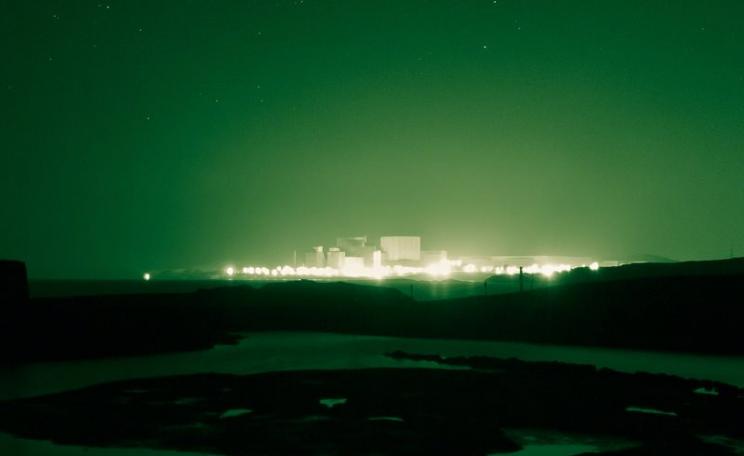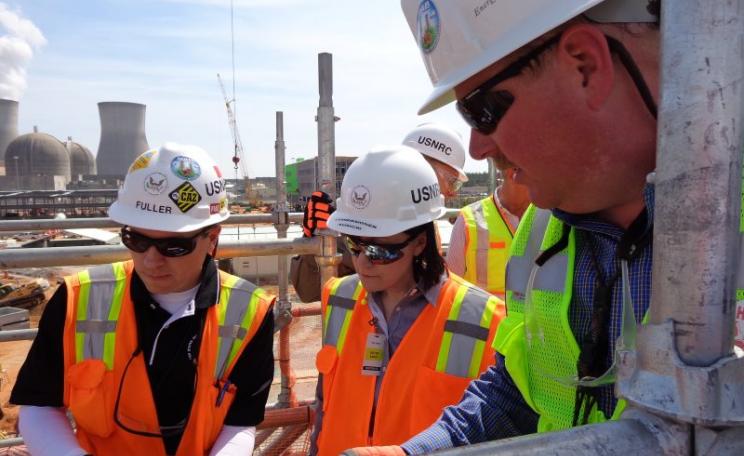Optimists claim that, given proper attention to energy saving to reduce demand, renewables can supply up to near 100% of electricity globally, with no major supply, balancing or cost problems - and there are scenarios illustrating this for many countries.
Can renewables save the world? The pessimists say no, claiming that they will be expensive, unreliable and not up to the job.
The optimists say yes, and, with costs falling rapidly, their case is getting stronger by the day.
Some renewables are now cheaper than conventional sources, even when the cost of providing backup to deal with their variability is included.
When the health costs associated with using conventional energy sources is also included, the comparison is even more favourable: air pollution from burning fossil fuel is a killer.
If the longer term global social, economic and health impacts of climate change are also added in, then most renewables win out across the board, although some may have local impacts, such as visual intrusion, and for some there will be potential land-use conflicts.
We need to decide on priorities, and on issues of scale, although most of these local impacts can be avoided or limited, as I illustrate in my new book Green Energy Futures. That also looks at how the variability of some renewables can be dealt with at low cost, an issue I will focus on here. It often seen as the Achilles heal of renewables.
Harnessing variability
Can variability really be dealt with and at low cost? Actually we already do it. Grid systems already cope with quite large variations in supply and demand, mainly by ramping the output of some power plants up and down.
With renewables on the grid, they will have to do that a bit more often, reducing the cost and carbon savings from not using fossil fuel very slightly. We don't have to build new plants for this extra back up - they already exist. As they age, new, better, ones will have to be built, for example flexible gas turbines using low net carbon biogas as a fuel, produced from farm and home wastes.
As renewables begin to dominate we will need further balancing measures. Energy storage systems, including pumped (hydro reservoir) storage and advanced battery technologies can offer part of the solution, as can other newly developing storage options like liquid air storage.
There are some clever new ideas emerging too, such as the 'Power to Gas' (P2G) approach being pioneered in Germany, which offer extra flexibility. With P2G, surplus electricity from wind and PV generation, produced when demand for power is low, is converted by the electrolysis of water into hydrogen gas.
Optimists claim that, given proper attention to energy saving to reduce demand, renewables can supply up to near 100% of electricity globally, with no major supply, balancing or cost problems - and there are scenarios illustrating this for many countries.
That can be stored ready to use as a fuel when demand for electricity is higher. Or it can be converted to methane gas, using carbon dioxide captured from the air or from power plant exhaust, and used as a fuel for power generation, heating or in vehicles.
The grid re-empowered
Or again, it can be converted into ammonia: an energy rich gas that's already manufactured in huge volumes as the feedstock for the nitrogen fertiliser industry. Most ammonia today is made by burning natural gas.
Ammonia can also be used as an automotive fuel, usually combined with diesel - indeed it was successfully used to run buses in WW2 Belgium commencing in 1943. Alternatively it could be used as a source of hydrogen to drive fuel cells.
These multi-stage conversion processes will involve energy losses, but the energy source is, in effect, free - the surplus electricity would otherwise be dumped. Instead we can use it to produce flexible, storable, and valuable fuel which can then be used to balance the variability of renewables.
That is only one option. Given that it is likely, in the UK context, that there will have to have quite a large capacity of offshore wind generation so as to meet average demand, there will at times be a lot of surplus generation, more than is needed for Power to Gas conversion.
There would of course also be times when UK renewable supply was low. If interconnections are built to the rest of the EU, shortfalls can be compensated for by imports, and supluses can be exported.
A Pugwash study I helped with found that, with 'supergrid' links like this, the UK could earn £15 billion per annum net, over and above the cost of any imports needed when UK renewables were low. Depending on the demand patterns, this approach could offset the cost of the new supergrid links.
So far from being a problem, dealing with the variability of renewables may thus in fact offer some economic benefits, once we redesign and upgrade the power system.
Matching demand for power to the available supply
There are other approaches. Smart grid demand management can help us delay demand peaks, by interrupting supply to devices that can cope without power for an hour or so. So some demand is shifted in time.
For example, domestic and commercial freezer units can coast for a while with no ill effects. That might also be done when supply from renewables was low. This dynamic 'demand response' could be achieved automatically, by smart grid signals that, with consumers' agreement, disconnect selected devices briefly, perhaps in return for a lower tariff.
Or consumers could simply elect to shut devices themselves at times of high demand, in response to smart meter price signals. Since the result would be that demand peaks were reduced, less supply and backup capacity would be need, thus saving money.
There are also additional grid balancing systems which look to heat as a flexible storage option. For example, rather than wasting much of the heat they produced, as most conventional power plants do, combined heat and power (CHP) plants supply heat and as well as power, feeding heat to district heating networks, or large heat stores.
CHP plants can vary the ratio of heat to power they produce. So if demand for power is low and/or there is too much coming from renewables, more heat can be produced, and if it is not needed at that point, it can be stored, in large insulated water tanks. Alternatively, if demand for electric power is high, CHP power output can be increased and heat output reduced, with any extra heat demand being met from the store.
Even more straightforwardly, and in the absence of large scale CHP, millions of immersion heaters in homes across the country could be switched on whenever there's a lot of cheap surplus power on the grid.
These various flexible grid balancing systems offer ways to deal with variations in renewable supply over different time periods, ranging from hours (e.g. batteries, smart grids) to days (pumped hydro, CHP heat stores) or maybe, in some cases, weeks (gas turbines fed by stored biogas / surplus Power to Gas).
Some say that, when fully developed, these system may remove, or at least limit, the need for conventional baseload power, although of course some renewables, like hydro, biomass fired plants and geothermal plants, can deliver power continuously. The best mix is not yet clear. But what is clear is that large inflexible plants like nuclear plants, don't fit in this system - they just get in the way.
100% of electricity? Or 100% of all energy?
How far can this take us? Optimists claim that, given proper attention to energy saving to reduce demand, renewables can supply up to near 100% of electricity globally, with no major supply, balancing or cost problems - and there are scenarios illustrating this for many countries.
For example, for the UK, a study by researchers at Imperial College London claimed that "using current technologies, renewable shares up to about 80% are possible without significant cost increases." Although it added: "to go beyond that, improved technologies (either for dispatchable supply or for storage) and/or significantly increased interconnection and imports from beyond the UK are necessary."
Several countries are heading in that direction. For example, Germany aims to get over 80% of its electricity from renewables by 2050, Denmark 100% by 2035. Some persist in seeing grid balancing as a key problem.
However, even the traditionally conservative International Energy Agency says that, while with up to 45% renewables penetration, backup / grid balancing might initially add 10% to 15% to costs, given technology development and higher carbon prices, in time "the extra system costs of such high shares of variable renewable energy could be brought down to zero."
Going further, to make 100% of our energy renewable, not just electricity, may be more daunting. But there are many scenarios suggesting that this can be done. And in terms of cost - when the local and global environmental costs of fossil fuels are taken into account, along with the risks and costs of nuclear power - this seems like a wise target.
The book: 'Green Energy Futures A Big Change for the Good' by Dave Elliott is published by Palgrave.
Dave Elliott is Emeritus Professor of Technology Policy at the Open University: see his extensive blog post links.




